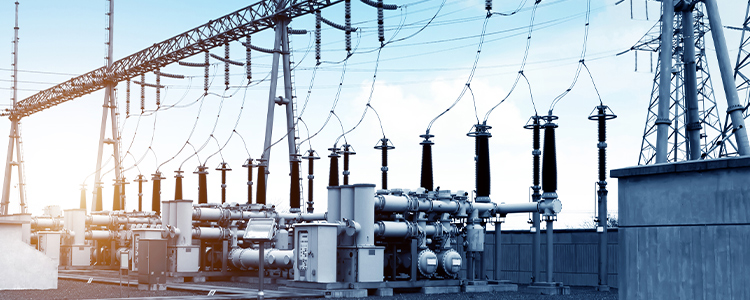- All
- Product Name
- Product Keyword
- Product Model
- Product Summary
- Product Description
- Multi Field Search


Views: 0 Author: Site Editor Publish Time: 2024-09-02 Origin: Site
In the rapidly evolving energy sector, the need for efficient, cost-effective, and quick-to-deploy solutions has never been more critical. Prefabricated substations have emerged as a game-changer, offering a streamlined approach to electrical distribution and management. These modular units are not only designed for rapid deployment but also promise significant savings in both time and costs, making them an attractive option for utilities and large-scale energy projects worldwide.
Prefabricated substations, also known as modular substations, are pre-engineered units designed to house electrical equipment such as transformers, switchgear, and protection devices. These substations are built off-site and can be rapidly deployed to their operational location, significantly reducing installation time compared to traditional, site-built substations.
The concept of prefabrication in substations is not entirely new, but its adoption has surged in recent years due to advancements in engineering and manufacturing technologies. These substations are typically constructed in controlled environments and then transported to the installation site, where they are quickly assembled and operational. This process contrasts sharply with traditional methods, where substations are built on-site, a process that can be time-consuming and subject to delays due to weather and other site-specific factors.
The time-saving advantages of prefabricated substations are significant. Firstly, the off-site construction allows for the simultaneous preparation of the substation and the site, which can considerably shorten the overall project timeline. This parallel work process means that once the site is ready, the substation can be delivered and installed without delay.
Moreover, prefabricated substations are designed for quick assembly. They arrive at the site with much of the electrical equipment already installed and tested, requiring minimal additional work to make them operational. This contrasts with traditional substations, where each component must be individually installed and tested on-site, a process that can take weeks or even months.
Another time-saving aspect is the reduced need for extensive civil works on-site. Prefabricated substations are often designed to be more compact and can be placed on simpler foundations, which further accelerates the installation process. Additionally, the quality control in a factory setting ensures that these units are ready to operate upon installation, minimizing the risk of delays due to equipment malfunctions or the need for rework.
The cost savings associated with prefabricated substations are equally compelling. By reducing the time required for installation, these units help to lower labor costs significantly. Construction teams can be deployed for a shorter period, and the associated costs, such as accommodation and transport for workers, are also minimized.
Prefabricated substations also tend to have a lower overall project cost due to their efficiency in design and construction. The modular nature of these units allows for bulk purchasing of components, which can lead to discounts and reduced material costs. Additionally, the factory-controlled environment reduces waste and optimizes the use of materials, further driving down costs.
Maintenance and operational costs are also lower with prefabricated substations. These units are designed for durability and reliability, with high-quality components that require less frequent replacement and repair. The enhanced efficiency of the electrical equipment used in these substations also translates into lower energy costs over the life of the unit.
Prefabricated substations are versatile and can be used in various applications. Their rapid deployment and cost-effectiveness make them ideal for temporary projects, such as construction sites or events, where a quick and efficient power solution is required. They are also increasingly used in remote locations, where traditional substations would be difficult and expensive to construct.
In addition, the renewable energy sector is a significant adopter of prefabricated substations. Wind farms and solar power plants often require substations to be installed in areas that are not easily accessible or where traditional construction poses logistical challenges. Prefabricated substations can be transported to these remote locations and installed quickly, facilitating the rapid expansion of renewable energy infrastructure.
Urban development projects are another area where prefabricated substations are becoming more common. As cities expand and the demand for electricity increases, there is often a need for new substations to be built. Prefabricated units can be installed in urban areas with minimal disruption to the existing infrastructure and can be operational much faster than traditional substations.
Prefabricated substations represent a significant advancement in the field of electrical engineering, offering unparalleled benefits in terms of time and cost savings. Their ability to be rapidly deployed and the reduced need for extensive civil works make them an ideal solution for a wide range of applications, from temporary power solutions to permanent installations in remote or urban locations.
As the energy sector continues to evolve, the adoption of prefabricated substations is likely to increase, driven by the need for more efficient, cost-effective, and quick-to-deploy power solutions. These units not only meet the demands of modern energy projects but also contribute to a more sustainable and resilient energy infrastructure.
content is empty!